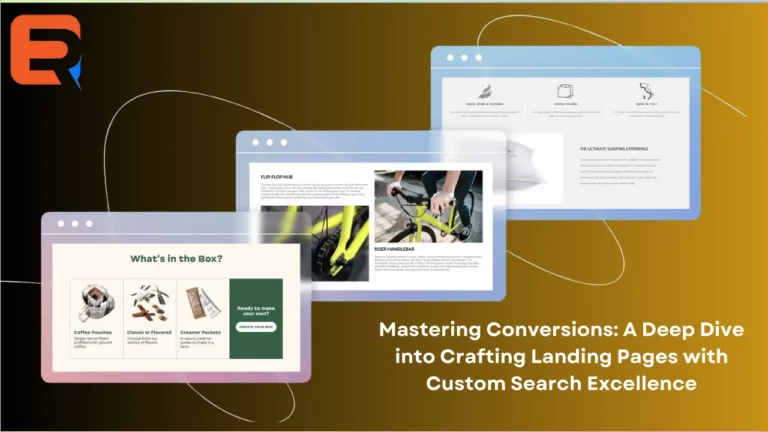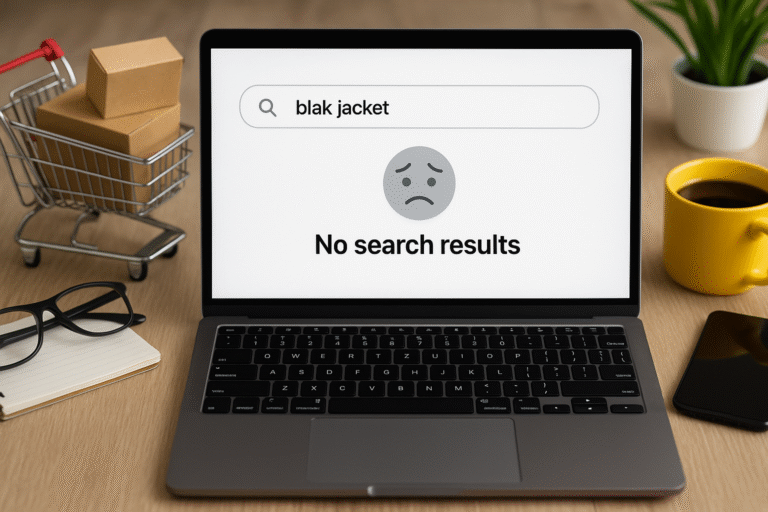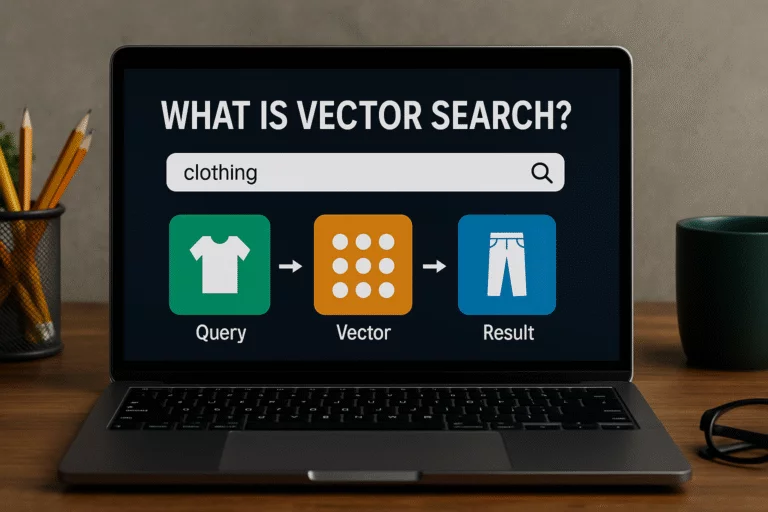Landing pages have become an integral part of the online marketing strategy for most businesses. By crafting customized and targeted landing pages, companies can capture more leads and convert more visitors into customers. Here, we will take a detailed look at what landing pages are, how to create effective ones and best practices to improve conversions.
What are Landing Pages?
A landing page is a dedicated web page created to promote a specific offer, product or service. The main goal of a landing page is to generate leads by capturing contact information from website visitors in exchange for providing them with valuable content like guides, checklists, tools, etc. Unlike regular website pages, landing pages have a singular focus of collecting leads rather than informing or selling. They are optimized to answer a visitor’s question or solve their problem to capture their details.
Creating Landing Pages
When setting up a new landing page campaign, the first step is to give it a descriptive title and tagline. The title should clearly convey what a visitor will get by providing their details. Next, core elements like headlines, subheadings and body copy need to be added. Powerful headlines immediately communicate the main benefit of the offer, while subheadings break the content into digestible chunks. The body copy then elaborates on the unique value proposition with convincing arguments. Compelling visuals, graphics and banners above the fold further enhance the persuasiveness of the message.
Building an Effective Structure
The structure and flow of a landing page are equally important for high conversions. A logical sequence like introducing the offer and main value upfront, qualifying the audience in the next section and then a clear call-to-action works well. Attention-grabbing elements come above the fold, while supplementary material can be placed lower. Testimonials, social proof and guarantees also reassure visitors. Creating sections with progressively engaging content ensures visitors who scroll further are those truly interested. Form fields should be minimal but address core questions that offer answers for qualified leads.
Design Considerations
Along with compelling content, the design of a landing page heavily impacts conversion rates. Simple, clutter-free designs promote quick scanning and comprehension. High contrast between text and background keeps pages readable. Consistent branding carries the parent website’s trust factors to the page. Mobile-first responsive frameworks optimize the experience on multiple devices. Complementary colours, spacing and sizing, maintain a visual hierarchy. Loading speed, interactivity and intuitive navigation are other aspects to consider for a positive user experience.
Testing and Optimization
Not all content and design choices may resonate equally with targeted audiences. Regular A/B split testing of headlines, copy, calls-to-action, visuals and page elements helps determine the most engaging versions. Factors like time spent on a page, scroll depth and form submission rates provide actionable insights. Geo-targeting tests can finetune the message appeal for different regions and cultures, too. Ongoing analysis and prompt optimizations ensure landing pages continuously improve at converting higher-intent traffic. Benchmark metrics then establish baseline performance to measure future campaigns against.
Conclusion
Landing pages play a pivotal role in enabling businesses to seamlessly engage, qualify and capture leads online. Companies like Expertrec provide tools and solutions to help optimization efforts. Expertrec offers the Best Custom Search Engine that businesses can use to power customized search experiences on their websites. With Expertrec’s search, companies can deliver personalized and real-time search results to visitors across all devices. This improves the overall customer experience and helps potential customers easily find the right information and products through targeted and filtered searches. By incorporating Expertrec’s custom search capabilities, landing pages and websites can achieve higher conversion rates by ensuring the right content is quickly surfaced to visitors. This allows companies to maximize results from digital marketing campaigns through optimized landing pages and search experiences on their domains.




